By Michael Haskew
The helicopter came of age during the Vietnam War, performing a variety of tasks from troop transportation and deployment to the evacuation of wounded personnel, the delivery of supplies, offensive firepower, and observation. Two of the best known helicopters deployed by the U.S. military in Vietnam illustrate the diversity of roles that were fulfilled. The Bell UH-1 Iroquois, nicknamed the “Huey” helicopter, and the Hughes OH-6 Cayuse, commonly called the “Loach,” were familiar to American soldiers and civilians watching television news coverage of the war in their living rooms.
The development of the Huey began with the modern U.S. Army’s requirement for a high-performance utility helicopter capable of transporting cargo and personnel and evacuating wounded from combat zones. The XH-40 Huey prototype first flew in October 1956, and the UH-1, originally called the HU-1 (hence the origin of the famed “Huey” nickname), entered production in 1960. During 30 years of manufacture approximately 16,000 were completed, and nearly half of these saw service in Vietnam.
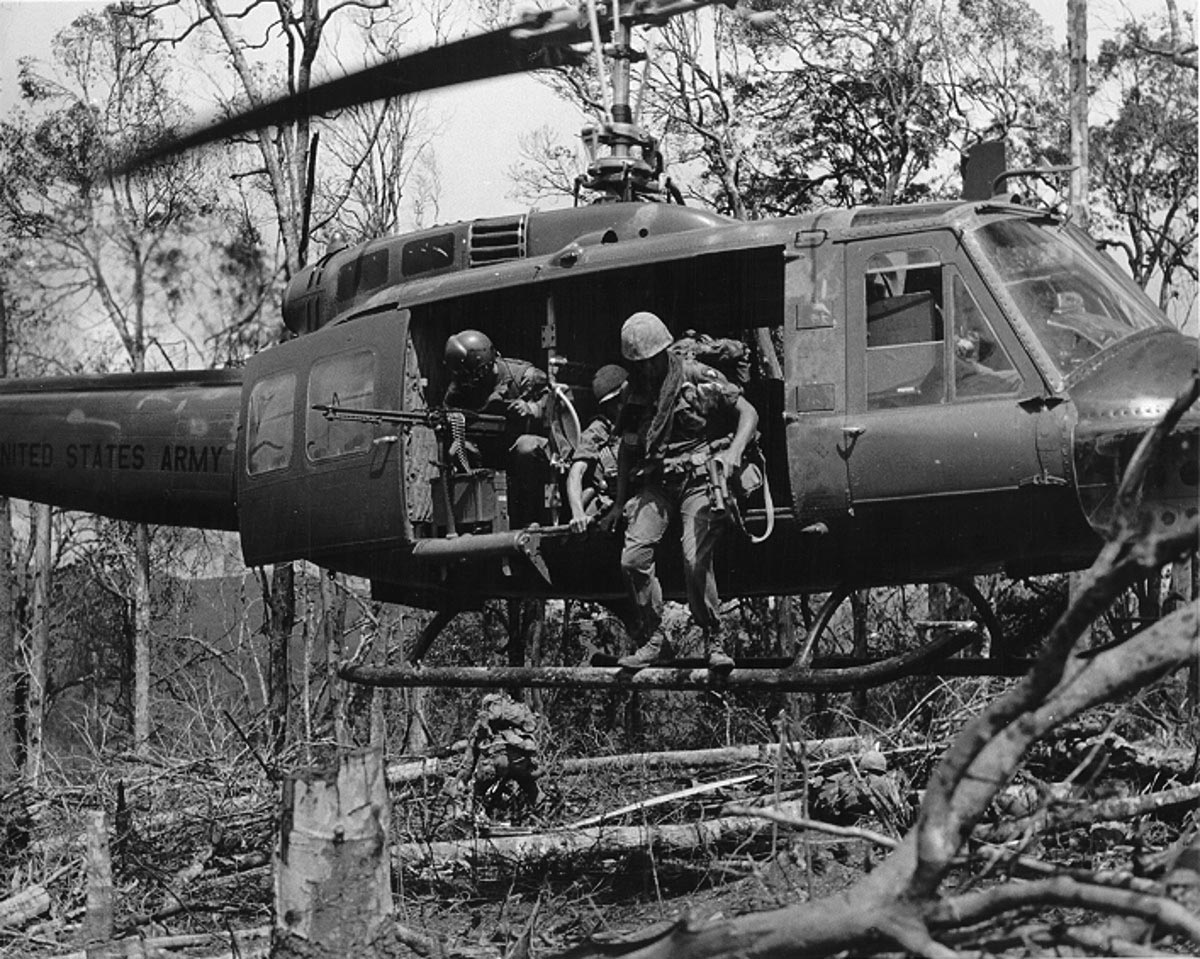
Numerous military and civilian variants of the Huey were manufactured, and one of the most common military Hueys of the Vietnam War was the UH-1D, a larger version of the original UH-1 that entered service in 1963. The UH-1D was powered by a Lycoming T53-L-11 turboshaft engine with two-bladed main and tail rotors, capable of a cruising speed of 125 miles per hour or maximum speed of 135 miles per hour with a range of 315 miles and a service ceiling greater than 19,000 feet.
Designed as a troop carrier, the UH-1D could accommodate a crew of up to four, a maximum of 14 combat equipped soldiers, six stretchers, or an equivalent weight in cargo. It was just over 57 feet long, slightly more than 14 feet high, and operated at a maximum takeoff weight of 4.75 tons. It was typically armed with a pair of 7.62mm or .30-caliber machine guns and sometimes carried a pair of 70mm rocket pods.
Photographs of American combat troops entering and exiting the Huey or casualties being loaded onto its deck are among the lasting images of the Vietnam War, and the Huey has been prominent in numerous feature films related to the American experience during the protracted conflict in Southeast Asia.
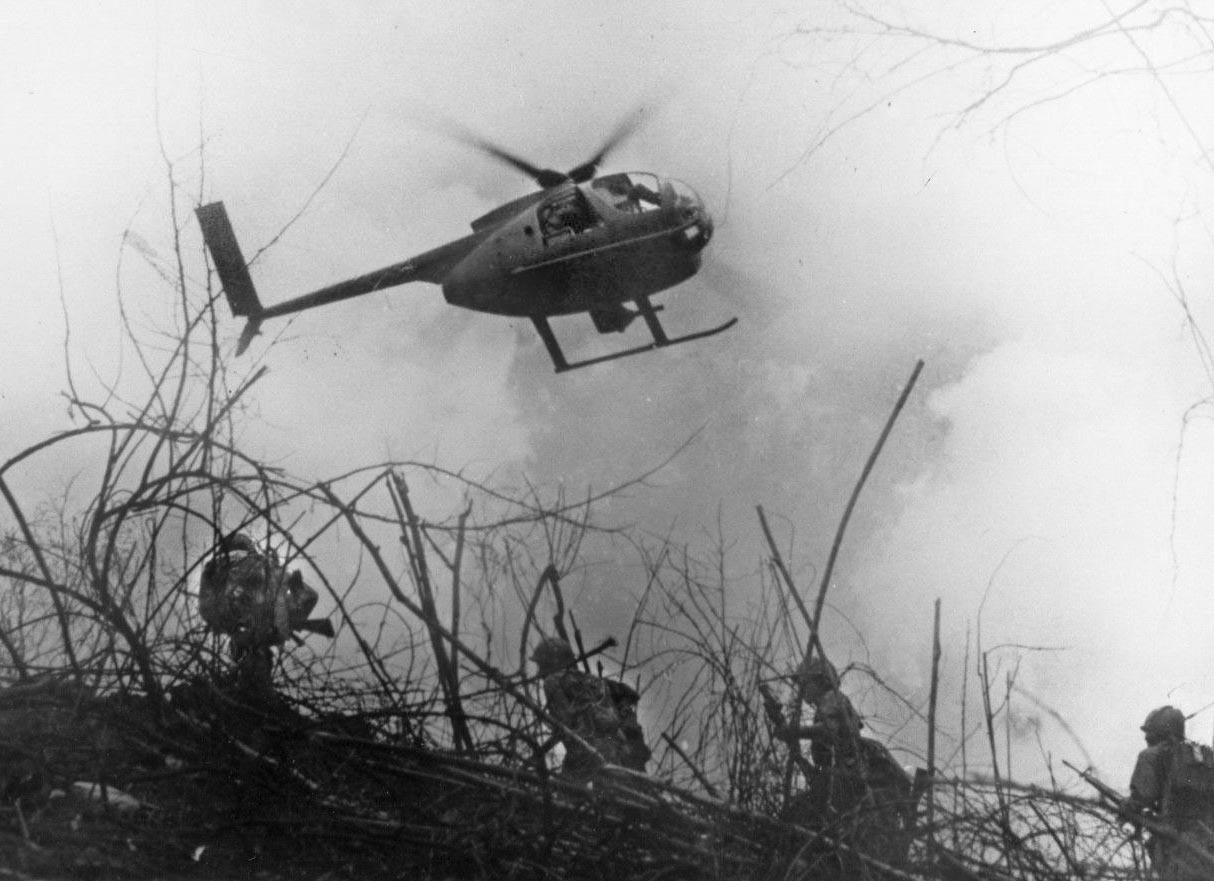
Use of the Loach in Vietnam
In contrast, the Loach was diminutive helicopter with a maximum takeoff weight of just over 1.5 tons, a single Allison T63A-5A or T63A-700 turboshaft engine that powered a four-blade main rotor and two-blade tail rotor at a maximum speed of 175 miles per hour with a range of 267 miles and a service ceiling of 16,000 feet. Just over 30 feet long and nine feet high, the Loach carried a crew of two.
The OH-6 Cayuse was developed from specifications issued by the U.S. Army in 1960 for a light observation helicopter (LOH), and the familiar Loach nickname was derived from the acronym. The prototype first flew in early 1963, and production began two years later. The first Loach arrived in Vietnam in 1966, and a total of 1,434 of the primary Vietnam variant, the OH-6A, were built. By 1969, surreptitious wrangling for government contracts cost Hughes Aircraft the deal to continue supplying the Army. The Bell OH-58 Kiowa subsequently entered production.
During its tour of duty in Vietnam, the Loach actually conducted a variety of missions. After the U.S. Army transferred all of its fixed-wing observation aircraft to the Air Force, the rotary OH-6 became their replacement. In addition, the Loach was involved in covert CIA operations and fire support missions. It was sometimes armed with machine guns and anti-tank missiles.
The classic teardrop design of its crew compartment made the Loach readily identifiable, and the high-performance airframe is recognized as one of the best in the history of rotary aviation with 23 records for speed and endurance. Many variants of the Loach remain in civilian service today.

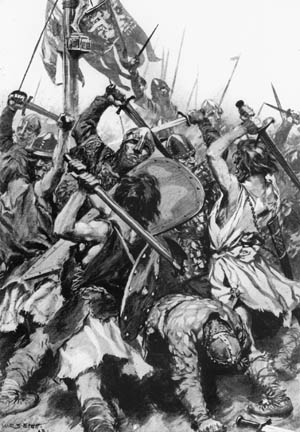
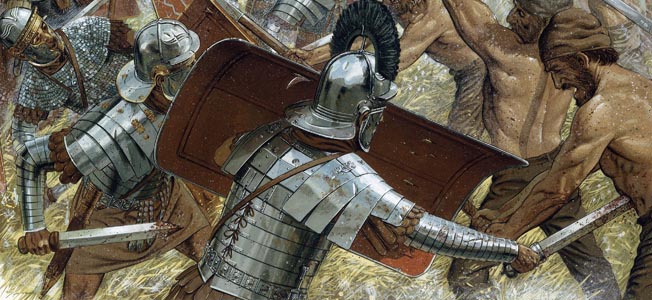
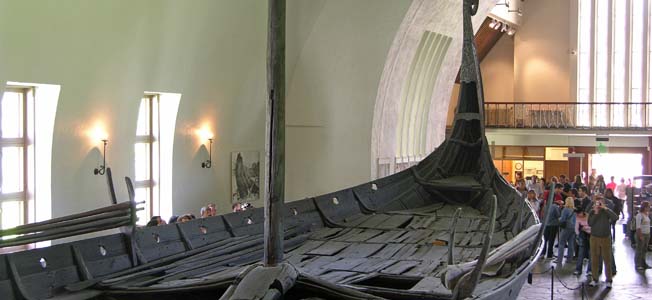
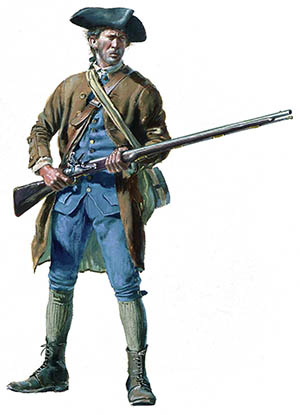
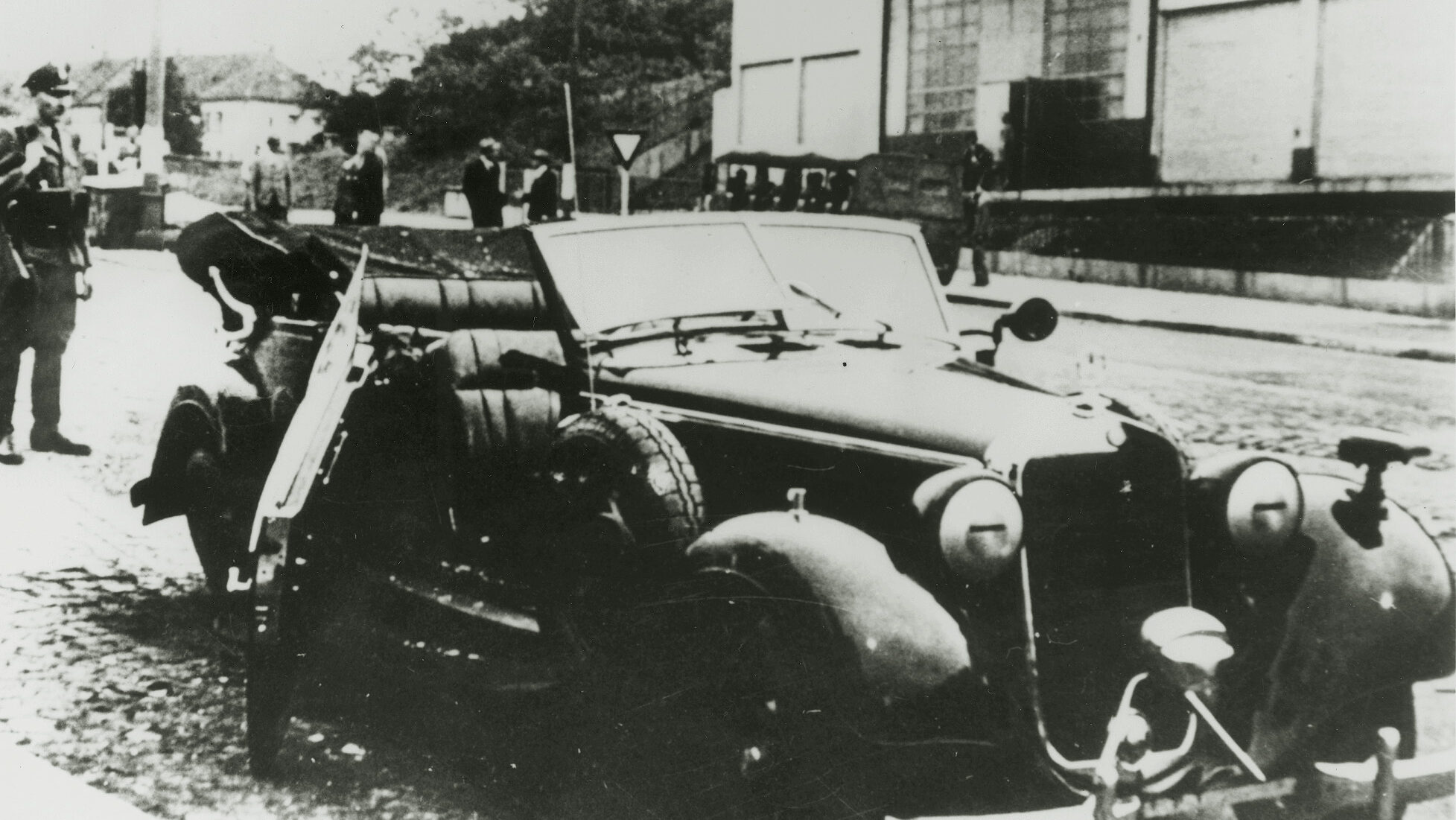
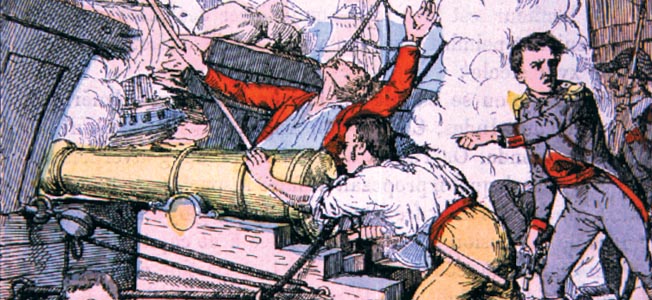
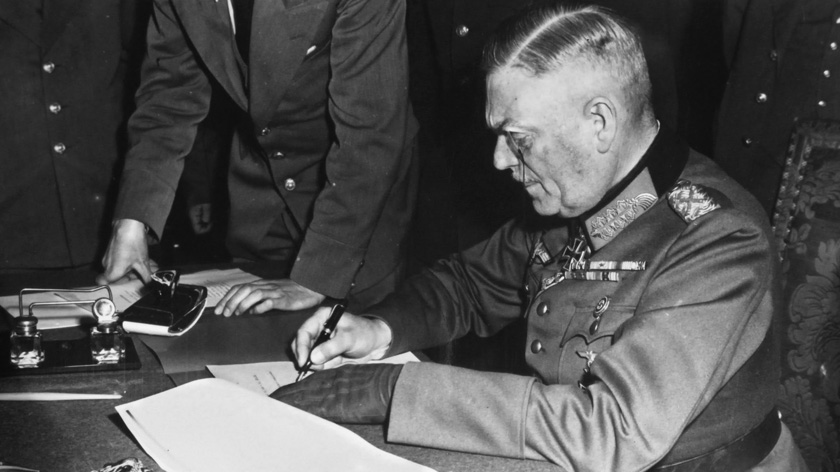
Join The Conversation
Comments
View All Comments